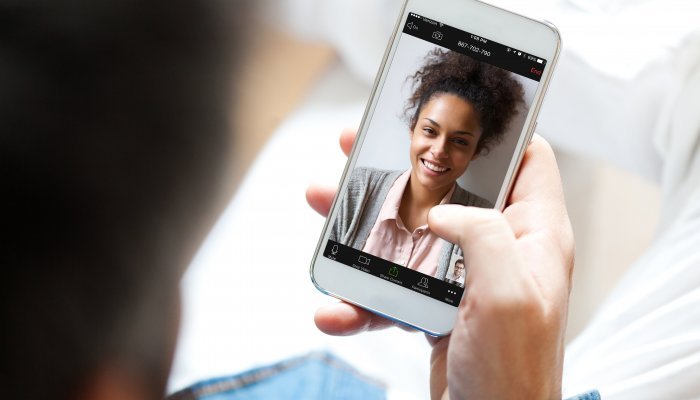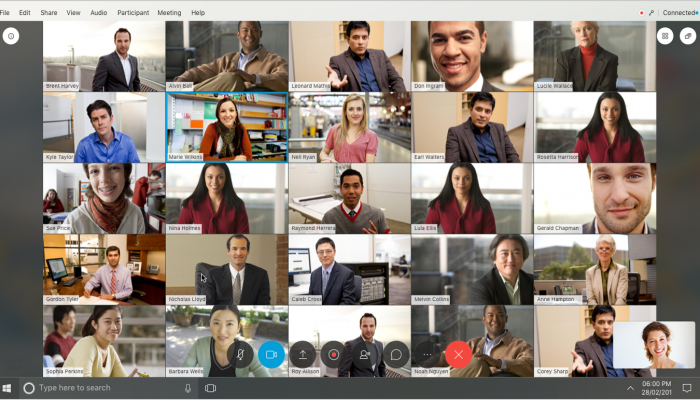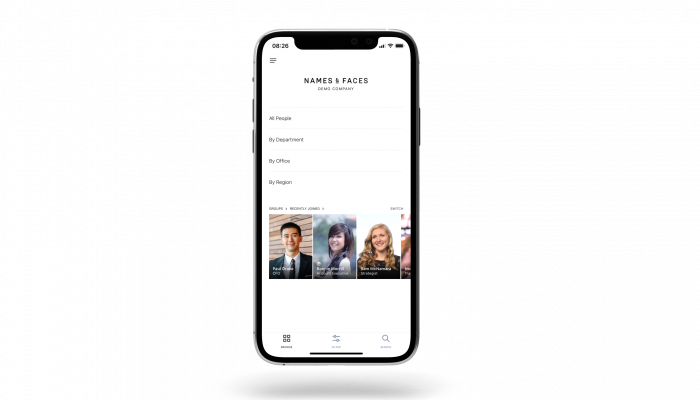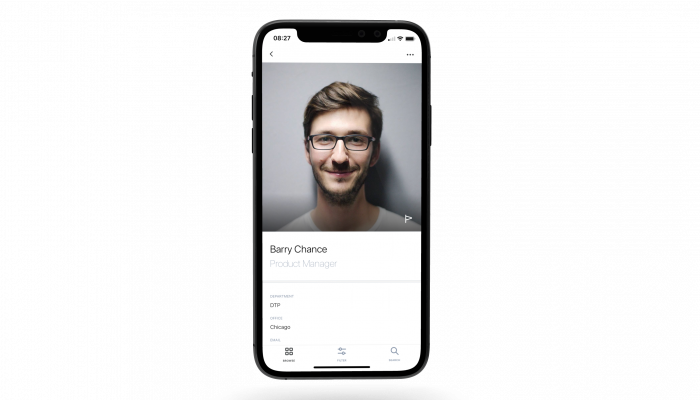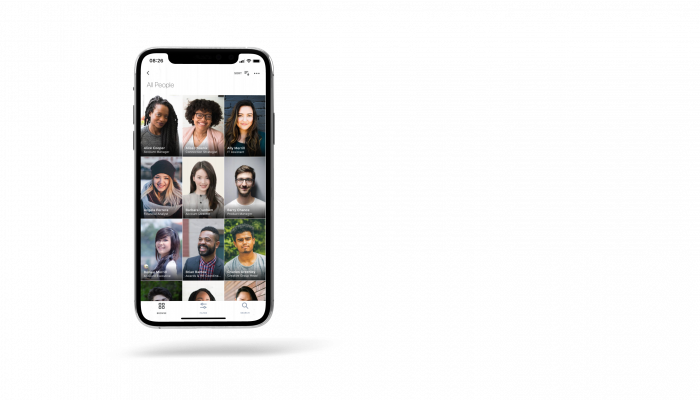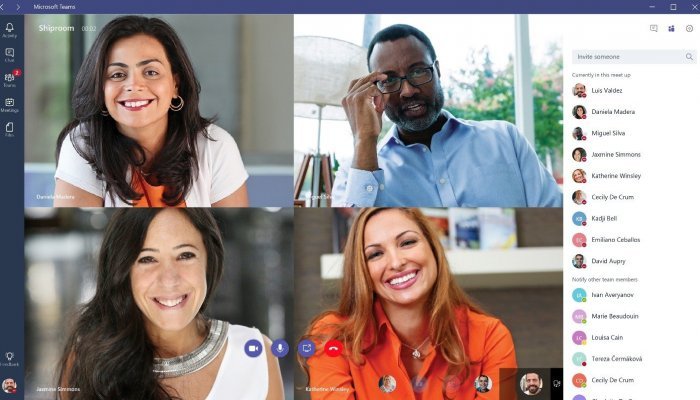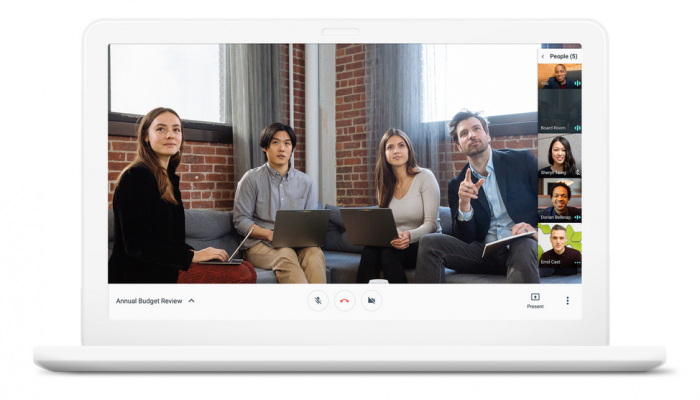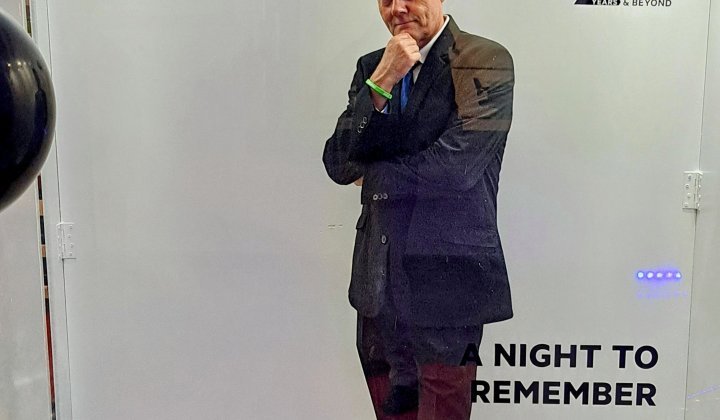Remote business continuity and video conferencing
The devastating coronavirus pandemic will no doubt change so many things once we manage to contain it. The way we do business and how we communicate has undergone a profound shift. Will this be the new normal? Covid-19 has forced organisations across the world to rethink how business continuity takes place when people are forced to work from home or remote locations. Video conferencing has not only been critical in the workspace, but in our personal lives as well. Being able to see someone has helped billions of people across the globe who have felt socially isolated during this pandemic.
Services like WhatsApp video chat, Skype, Apple’s Facetime and Facebook’s Messenger services have seen record usage. But most of these services have their limitations. In the corporate world, you need the scalability to be able to have the ability to have hundreds, if not thousands, of people concurrently trying to collaborate, do business and exchange documents, not to mention high security and governance. Whether you are in the boardroom or stuck in a warehouse with limited connectivity, you need a system that is robust and meets the needs of your organisation. Four products have emerged during this crisis period, namely Zoom, Cisco’s Webex, Microsoft’s Teams and Google Hangouts Meet.
Zoom
Zoom is currently the market leader. The interface is user-friendly and offers more flexibility than its competitors. Users can instantly join an online video conference no matter what device they are using. There is a free version available that limits sessions to 40 minutes.
Microsoft Teams
Microsoft Office 365 integration is the key differentiator. As most organisations already use these Microsoft products it is easier to use the company resources that are already at hand. This gets particularly useful when you start collaborating internally using Word, Excel and PowerPoint.
Cisco Webex
Cisco’s Webex is one of the early pioneers in video conferencing. Security and governance are the strong points in favour of using Webex. Video quality, like their competitors, is solid and the adaptability of working across platforms is another strong feature. Video conferencing traffic has increased almost threefold since the start of the crisis. Cisco’s CEO told CNBC that people spent 5.5 billion meeting minutes on Webex in the first 11 business days of March.
Google Hangouts Meet
Like Microsoft, Google Hangouts Meet is the corporate version for users using G-Suite. It is very well optimised for use in a Google ecosystem. Cross platform collaboration is great using Google products and it has a very stable video feed.
Samsung Galaxy S20, S20+ and S20 Ultra
The world’s smartest phone with an extraordinary camera
Price R17,000 – R28,000
Samsung has launched a new series of flagship devices as part of their S20 range. The base model is the S20, the S20+ which is a bit larger, and the S20 Ultra with all the bells and whistles when it comes to photography. The new devices feature a new camera architecture that combines AI with Samsung’s largest image sensor. The quality of the photographs is extraordinary! Samsung has introduced a feature called Single Take which lets you capture several photos and videos, such as live focus, cropped and ultra-wide. It then uses AI to recommend the best shots you took instead of you going through your images to find the best one. The S20 range also features 8K video shooting and has 5G connectivity. The S20 and S20+ have a 64MP camera whereas the top of the range S20 Ultra features an 108MP camera. These phones are all about the camera capabilities. Astonishing what you can now do on a phone’s camera. The S20 Ultra has the capability to zoom up to 100X!
Names & Faces
Your employee directory like you’ve never seen it before!
I don’t know about you, but I am really bad with names. Faces no problem, but it takes me a while to associate a name with a face. And that’s just with my family members! Can you imagine me in a workplace environment! Well, I am not alone it appears. Neuroscientists have proven that as humans, our brains store visual data a lot more efficiently than auditory information. That’s how we are programmed. Our brains encode and retrieve visual information more efficiently than auditory signals.
This is the challenge that entrepreneur Paul Galatis wanted to solve. He is the founder and CEO at Names & Faces, a South African entrepreneur who has now relocated to Silicon Valley to take the Names & Faces app global. His mission is to build the world’s best employee directory. The Names & Faces app is a simple tool that empowers people who work together to become better connected. The app creates visual employee directories for organisations. And it’s incredibly easy to use. Let’s say you recognise someone and you know they are in Finance but cannot remember their name. Open the Names & Faces app and you can search by department, region or any predefined category in your organisation. In this case click on Finance and all the team members photos appear with their names, click on the picture and voila, you have all the details you need. It’s that simple! Names & Faces want users to find a person in two or three seconds.



